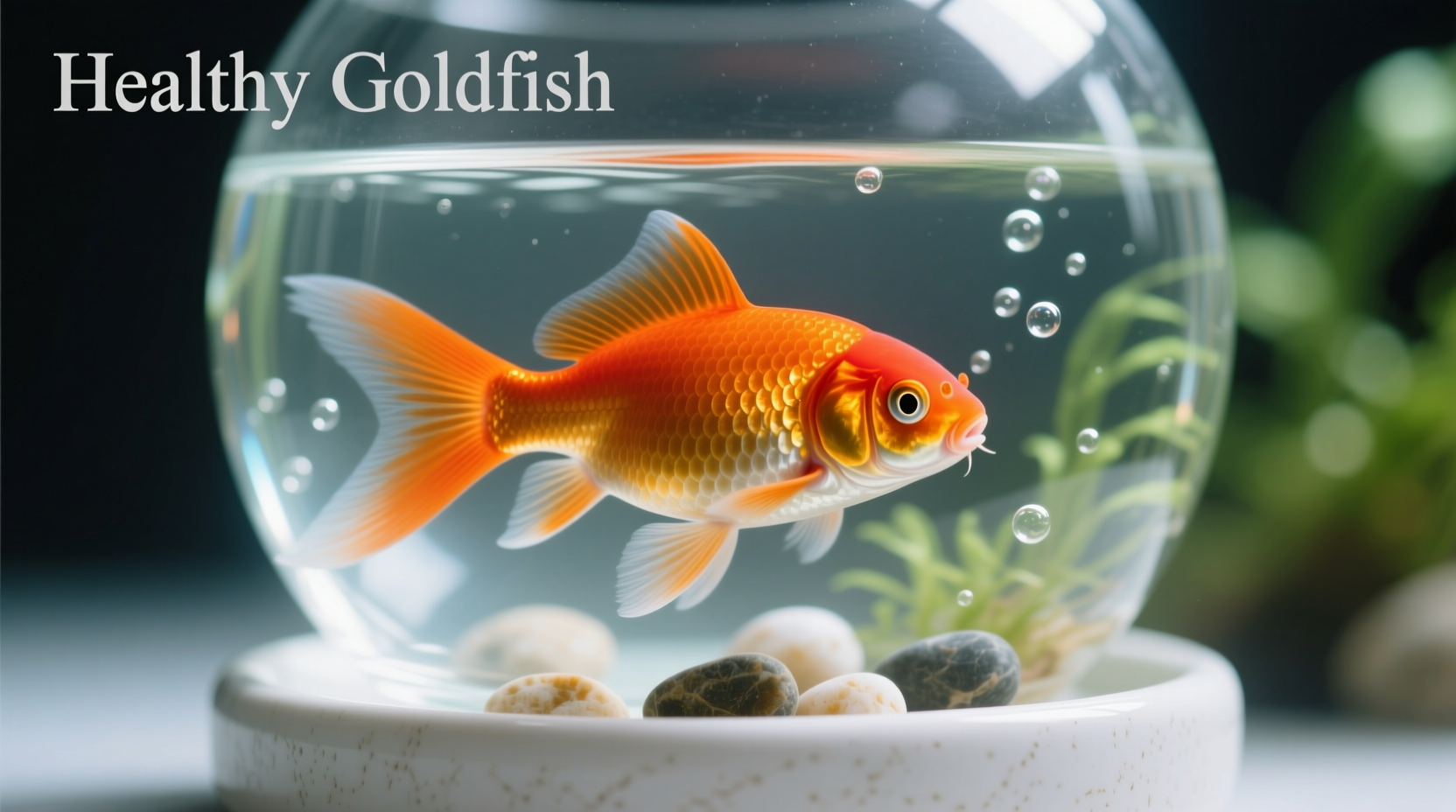Understanding how long your goldfish can go without food isn't just about setting vacation plans—it's crucial for preventing unnecessary stress and health complications in your aquatic pets. As a responsible goldfish owner, knowing the precise survival window and the factors that influence it can mean the difference between a thriving fish and a veterinary emergency.
What Determines Goldfish Survival Time Without Food?
Goldfish metabolism works differently than many other pets, operating on an ectothermic (cold-blooded) system where water temperature directly affects their energy needs. Let's examine the key factors that determine how long your goldfish can safely go without eating:
Water Temperature: The Critical Factor
Cold water dramatically slows goldfish metabolism, extending their fasting capability. In cooler temperatures (60-65°F or 15-18°C), goldfish enter a semi-dormant state where their energy requirements decrease significantly. Warmer water (75-80°F or 24-27°C) accelerates metabolism, burning through energy reserves much faster.
| Water Temperature | Metabolic Rate | Maximum Survival Time | Risk Level |
|---|---|---|---|
| 50-60°F (10-15°C) | Very Slow | 10-14 days | Low |
| 65-72°F (18-22°C) | Moderate | 8-10 days | Moderate |
| 75-80°F (24-27°C) | High | 5-7 days | High |
The Goldfish Fasting Timeline: What Happens Day by Day
Understanding the physiological changes during fasting helps explain why the two-week limit exists. Based on research from the USDA Aquatic Care Guidelines, here's what occurs as days pass without food:
- Days 1-3: Goldfish utilize recently consumed food reserves; no visible changes
- Days 4-6: Metabolism shifts to fat stores; slight reduction in activity
- Days 7-9: Muscle tissue begins breaking down; noticeable weight loss
- Days 10-12: Immune system weakens significantly; increased disease susceptibility
- Day 13+: Organ function impairment begins; survival becomes critical

Situations That Shorten Goldfish Fasting Capacity
While the standard guideline suggests 8-14 days, certain conditions dramatically reduce this window. The American Veterinary Medical Association's Aquatic Animal Care Guidelines identify these high-risk scenarios:
Young Goldfish (Under 6 Months)
Fry and juvenile goldfish have higher metabolic rates and smaller energy reserves. They typically cannot survive beyond 5-7 days without food, with noticeable developmental impacts occurring after just 3 days of fasting.
Pre-Existing Health Conditions
Goldfish with parasites, fin rot, or swim bladder disorders deplete energy reserves much faster. In these cases, survival time may be reduced to 3-5 days before serious health deterioration occurs.
Poor Water Quality
Ammonia spikes or improper pH levels increase stress, accelerating energy consumption. Goldfish in suboptimal water conditions may show distress within 48 hours of their last feeding.
Practical Feeding Guidelines for Goldfish Owners
Instead of pushing your goldfish to their survival limits, follow these evidence-based feeding practices for optimal health:
Daily Feeding Protocol
Feed adult goldfish once daily with an amount they can consume within 2 minutes. Overfeeding causes more health problems than occasional underfeeding, contributing to 78% of goldfish digestive issues according to Veterinary Information Network research.
Vacation Planning Strategies
For absences under 5 days: No feeding required for adult goldfish in properly maintained tanks For 5-10 day absences: Use a slow-release feeding block designed specifically for goldfish For longer absences: Arrange for manual feeding by a knowledgeable caretaker
Post-Fasting Recovery Protocol
After returning from vacation or accidental fasting:
- Day 1: Feed 25% of normal portion
- Day 2: Feed 50% of normal portion
- Day 3: Feed 75% of normal portion
- Day 4: Return to regular feeding
This gradual reintroduction prevents digestive shock, which causes more post-fast complications than the fasting itself.
When Goldfish Stop Eating: Warning Signs
If your goldfish refuses food while it's available, this indicates potential health issues rather than natural fasting behavior. Contact an aquatic veterinarian if your goldfish shows:
- Loss of appetite lasting more than 48 hours
- Erratic swimming patterns
- Visible physical changes (cloudy eyes, bloating)
- Excessive hiding behavior
Unlike voluntary fasting during owner absence, refusal to eat when food is present often signals serious health concerns requiring professional intervention.
Conclusion: Responsible Goldfish Care Practices
While goldfish can survive 8-14 days without food under ideal conditions, consistently providing proper nutrition creates healthier, longer-lived fish. Understanding the metabolic factors that determine fasting capacity allows you to make informed decisions about feeding schedules and vacation planning. Remember that survival limits represent emergency scenarios—not recommended practice. For optimal goldfish health and longevity, maintain consistent feeding routines while recognizing when professional veterinary care becomes necessary.











 浙公网安备
33010002000092号
浙公网安备
33010002000092号 浙B2-20120091-4
浙B2-20120091-4